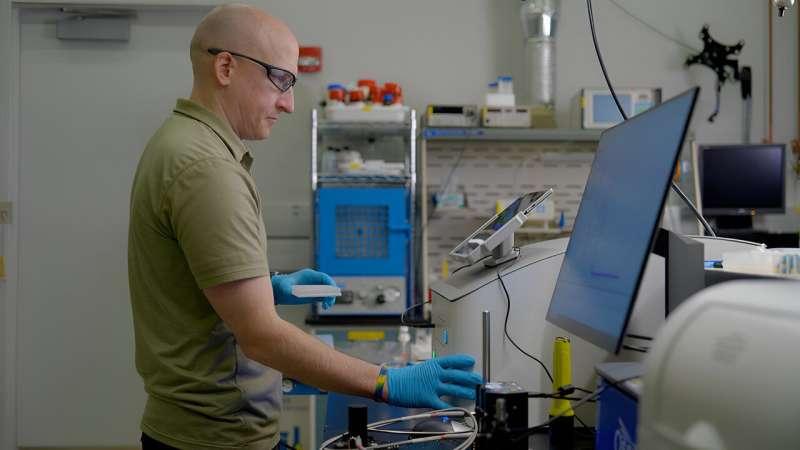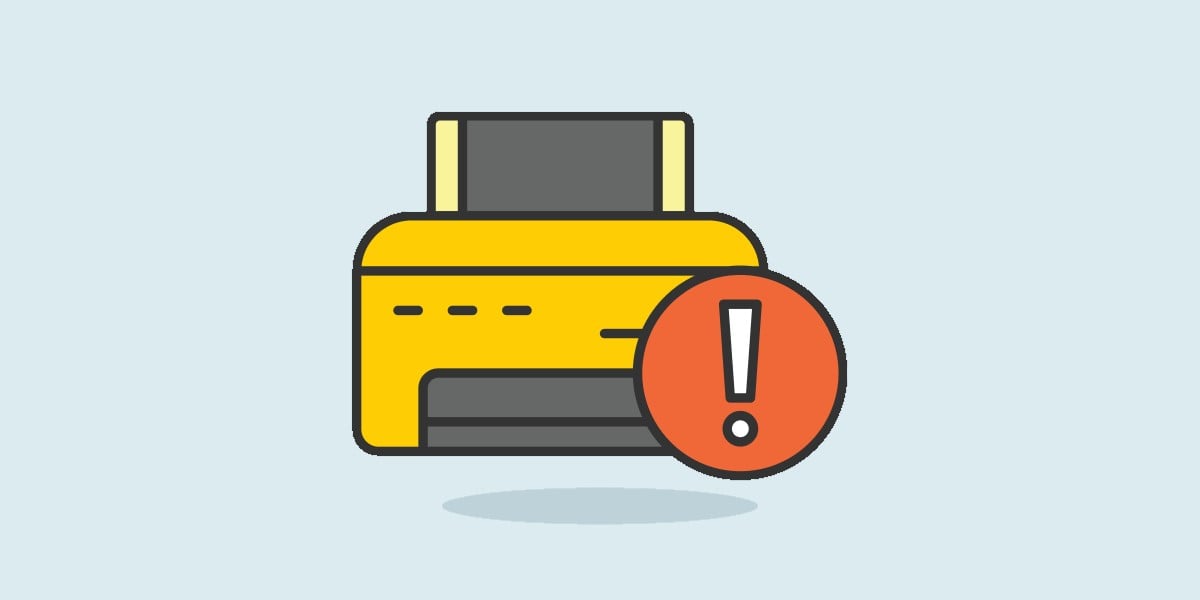Chocolate-flavored capsules for kids who hate taking drugs. A number of medicine mixed into one every day tablet for seniors who’ve hassle remembering to take their medicines. Medication printed at your native pharmacy at personalised dosages that greatest fit your well being wants.
These are only a few potential benefits of 3D drug printing, a brand new system for manufacturing medicine and coverings on-site at pharmacies, well being care services and different distant places.
In 2015, the Meals and Drug Administration accepted the primary 3D-printed drug, Spritam (levetiracetam), for epilepsy. A number of different producers and drug firms are growing their very own.
However the widespread adoption of 3D drug printing would require stringent high quality management measures to make sure that individuals get the best treatment and dosage. Even a tiny mismeasurement of a drug’s ingredient throughout the printing course of might endanger a affected person’s well being.
In a brand new analysis paper showing in Molecular Pharmaceutics, NIST analysis scientist Thomas P. Forbes assesses numerous approaches to making sure that 3D drug printers work as designed.
The journal article applies a “high quality by design” evaluation to judge the perfect procedures and protocols to make sure that 3D printers produce medicine on the right dosages and with the right combination of chemical compounds.
Although numerous strategies exist for remotely printing medicine, Forbes centered on one of the vital frequent: inkjet printers and comparable methods that may print personalised treatment on demand.
Like inkjet printers in properties, although bigger, the printer has nozzles that deposit the drug’s liquefied supplies, or inks, into tiny wells on a tray or straight into capsules. By way of freeze-drying and different processes, the liquid will be became a pill or powder poured right into a capsule. It may also be evaporated onto a skinny movie that dissolves within the mouth.
Forbes’ paper doesn’t make any suggestions. As an alternative, his analysis identifies and assessments a number of attainable strategies and strategies for sustaining high quality management in 3D drug printing.
NIST public affairs spoke with Forbes about his analysis.
What are a few of the benefits of 3D drug printing?
When your physician writes a prescription, she is aware of medicine can be found in sure dosages, and she or he’ll select the dosage she thinks is greatest for you. Some medicine are available in many sizes, whereas others are available in only one.
3D printing lets you individualize the dosage. You are able to do it primarily based on the particular person’s age, well being, even their immune system or genetic profile.
You too can personalize the shape that the medication takes. Some sufferers might desire a liquid to a capsule, for instance. There’s additionally been analysis on polypills, which mix a number of capsules right into a single drug. And a few scientists have centered on the advantages for kids who do not prefer to take their drugs. With 3D printing, you possibly can create medicine formed like starfishes or ones that style like chocolate.
3D drug printing additionally has the large potential to alter vaccine distribution.
Sure, there’s quite a lot of curiosity in offering “point-of-care” places the place the vaccines could be printed close to the place they’re administered.
You’d nonetheless have a bigger facility making the uncooked supplies, however you possibly can be way more agile and faster in getting the vaccine to the general public. This is able to be massively useful throughout one other pandemic.
Your analysis focuses on high quality management and measurements in 3D drug printing
Sure, we might want to know that these 3D printers are working accurately. They should print the right dosages with the best substances. So, we are going to want on-site strategies of taking and validating measurements. That is an space the place NIST has quite a lot of experience.
In your journal article, you break down the standard management course of step-by-step. Can you’re taking us by way of that?
It begins with the supply of the printing ink to the distant location. It is advisable affirm it hasn’t degraded, evaporated or been uncovered to uncommon temperatures. You need to affirm it is nonetheless good.
We used a method referred to as ultraviolet-visible (UV-Vis) spectroscopy. There are actually comparatively cheap tabletop and even handheld UV-Vis spectrometers available on the market. They work by shining ultraviolet and visual gentle by way of your pattern. How the pattern absorbs them tells you about its chemical composition.
Subsequent, we checked out how one can confirm your printer is working accurately. Many business printers have LEDs beneath the person nozzles that print the ink for the medicine. Each time the nozzle releases a drop of ink, it breaks the circulate of sunshine, which is detected by a sort of sunshine detector referred to as a photodiode.
The photodiode will detect if the nozzle stops releasing liquid since you’ve run out of ink. If there is a blockage within the nozzle or perhaps a piece of mud inflicting irregularities within the circulate of ink drops, that will even be detected. In our assessments, we discovered the LEDs and photodiodes carried out properly.
What about confirming that you have printed the right amount of the drug?
That is difficult. You want a nondestructive approach of confirming the right dosage. We’re engaged on this proper now. It is the subsequent huge step.
What is the final aim right here?
We might like to provide a collection of voluntary protocols or suggestions for high quality management and measurement accuracy in 3D drug printing. We’ll possible work collaboratively with different teams, similar to American Society for Testing and Supplies or United States Pharmacopeia, to launch these.
If 3D drug printing turns into extensively adopted, we need to be able to assist each business and regulatory companies with a measurement science basis.
Extra info:
Thomas P. Forbes et al, High quality by Design Concerns for Drop-on-Demand Level-of-Care Pharmaceutical Manufacturing of Precision Medication, Molecular Pharmaceutics (2024). DOI: 10.1021/acs.molpharmaceut.4c00032
Nationwide Institute of Requirements and Know-how
This text initially appeared on the web site of the Nationwide Institute of Requirements and Know-how.
Quotation:
Q&A: How future medicines might be personalised on a 3D printer (2024, June 24)
retrieved 24 June 2024
from https://medicalxpress.com/information/2024-06-qa-future-medications-personalized-3d.html
This doc is topic to copyright. Other than any honest dealing for the aim of personal examine or analysis, no
half could also be reproduced with out the written permission. The content material is supplied for info functions solely.




